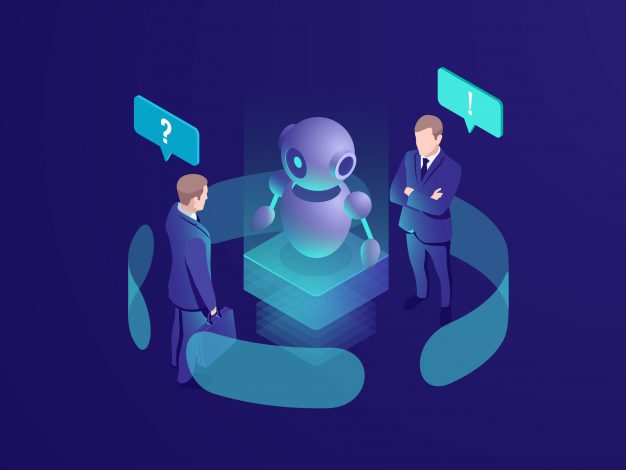A Simple Way To Explain The Recommendation Engine In AI
The retail industry is where the recommendation engine or recommender system first became popular. When shopping on an e-commerce platform, you are likely to have similar items to those you viewed or added to your cart suggested to you. This is also seen on content platforms with movie or video recommendations based on the content you viewed previously.
The technology has thus moved beyond the retail industry and is used by businesses and organisations across the world. It works because consumers have always relied on recommendations and suggestions when making purchasing, whether it is from a friend they are shopping with or, now, a recommendation engine online.
A recommendation engine works by picking up on our past behaviour. The system captures the past behaviour of a customer and the products they viewed or purchased. This data is filtered using different algorithms and the recommendation engine can then recommend relevant products or services to the customer.
Since these recommendations are made based on what the customer has already shown interest in, the customer is likely to click on them.
What happens when a customer visits the site for the first time? They are still likely to receive recommendations and yet, the engine has no past behaviour it can study to make suggestions. In such a scenario, it is likely that best-selling products are recommended. A business may also have its most profitable items recommended to the customer.
Benefits
- From clothes to buy, movies to watch, and people to add as friends, the work of recommendation engine developers is seen all around us. This is because the system is extremely beneficial to enterprises.
- Recommendation engines can boost revenue, click-through rates, and conversations in a significant manner. One of the best things about the technology is that it benefits both the business and the customers.
- Product recommendations are rarely disruptive to the customer’s purchasing experience and a customer will rarely have a negative reaction to recommendations. A better user experience is thus offered with the use of recommendation engines.
How Does It Work?
Recommendation System Developers have invested a lot of time and resources to develop and improve recommendation engines in AI. This ensures the recommendations are actually beneficial to users and will in turn benefit the business.
One of the first steps in developing a recommendation engine is data collection. This is crucial as the system relies heavily on data. There are two types of data that can be collected. Explicit data is provided intentionally, for instance, when a customer rates a product. Implicit data is gathered from data streams like clicks, search history and order history.
This data also needs to be stored and then filtered so that the system can access what is relevant to making recommendations. Filtering can take place in the form of content-based filtering or collaborative filtering.
Content-based filtering is based on a single user’s interactions and preferences and can be collected from the user’s history and interactions. Collaborative filtering, which can be between users or between items, is an approach where information is collected from the interactions of many others to provide suggestions to the user.
AI service providers may also use a knowledge-based system, where rules are defined to set a context for each recommendation. With this approach, suggestions are made based on the knowledge of what might be useful to a customer.
Challenges
AI is still a developing technology and systems powered by AI are being constantly improved. It comes as no surprise then that recommendation engines have their weaknesses or challenges.
One of the main challenges faced by developers is with regard to data. While large volumes of data are now available, unstructured data can be difficult to analyse and make full use of. This is especially challenging because recommendation engines depend entirely on the data available to make recommendations.
In addition to this, the same product could have different labels, making it difficult to include them in recommendations. There are thus difficulties with incorporating information correctly. The large volume of products can also overwhelm the system and reduce performance.
However, it is fair to say that these challenges will be overcome as the technology is developed further.
